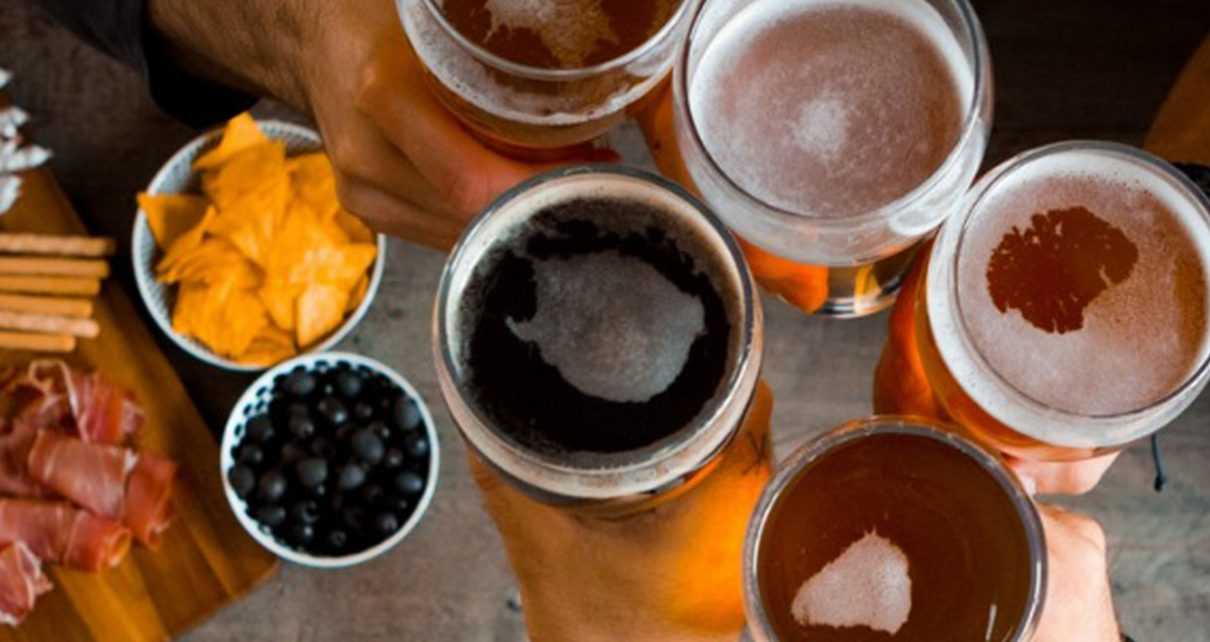There’s a storm brewing in Russia. And, it has much to do with craft brews. Over the years, vodka has been gradually giving way to craft beer as Russia’s libation of choice. Hard to believe, isn’t it? After all, vodka has held sway in Russia to the point that both, Russia and Vodka being mentioned in the same breath since ages. Well, some Russian beer facts would make it easier for you to believe how Russians’ drinking preferences have changed over the years.
- History credits Peter the Great for introducing beer in Russia. The Tsar was hooked to porters and stouts on his year-long trip to Britain in 1698. Upon returning, Peter decreed the use of ale in hospitals and the navy. However, it took the reign of Tsarina Catherine the great to normalize the import of dark British beers in later years.
- For a long, copying dark British beer was the norm for Russian breweries. The beer was brewed at greater temperatures and to greater strengths, which led to the emergence of the ‘Russian imperial stout’ – an acclaimed style that once represented Russian beer.
- The popularity of dark beers dipped during Soviet times due to restrictions on ingredient imports. It was only when the craft beer revolution hit Russia in the early 2000s, the old dark beers made a comeback. It’s now a staple for craft breweries in Russia.
- In 2010, a Russian averagely consumed 5 liters of Vodka and 4 liters of beer. Come 2016, beer outsold all spirit sales combined. Out of the total spirit sales in that year, beer sales were 45%, while vodka could manage just 42% of sales. Till date, the trend continues.
- Over 80% of Russians prefer light filtered beers while only 12% go for dark beers. Only 8% show predilection for light unfiltered beer. In terms of style, IPA/APA beers have the most number of takers in Russia, followed by Porter, Wheat Ales, and lagers.
- The status change for beer in Russia came in 2011 through a presidential decree. Since then, beer is classified as alcohol for regulatory purposes. Earlier, it was a foodstuff. The regulation also restricted the way beer is bought, sold, and advertised in Russia. Now,
- Beer vendors require a license
- Beer cannot be sold after 11 pm to 8 am
- Beer isn’t sold at public places, including kiosks, airports, and gas stations
- No beer advertising on electronic or print media
Now that the Russian beer facts are out of the way, it’s time to know what you should be drinking when in Russia. Given the diversity, you may have a hard time choosing one.
- KLINSKOYE SVETLOE: A “crisp and hoppy” pale lager, it’ll leave you clamoring for more. KLINSKOYE SVETLOE is brewed with rice to get rid of the beer’s innate bitterness and help quench thirst, quickly.
- SIBIRSKAYA KORONA: SIBIRSKAYA KORONA made its debut in 1996 and went on to be a rage soon after. The beer is available in eight varieties, with ORIGINALNOYE being the most popular. You cannot escape the mild, refreshing taste and subtle bitterness of ORIGINALNOYE. It resembles HOEGAARDEN.
- RIFEY: Another pale lager makes it to the list for its pleasant, sunny taste. The name, RIFEY stems from an ancient phrase that Greeks used for the Ural Mountains. It bears resemblance to AMSTEL.
- BALTIKA No. 3: With an uncanny resemblance to Harp, BALTIKA No.3 delights you with a snappish finish and bright taste. BALTIKA No.3 is the most popular tipple among the 13 varieties proffered by a namesake brewery BALTIKA. It’s a recipient of the “Most People’s Brand” award.





